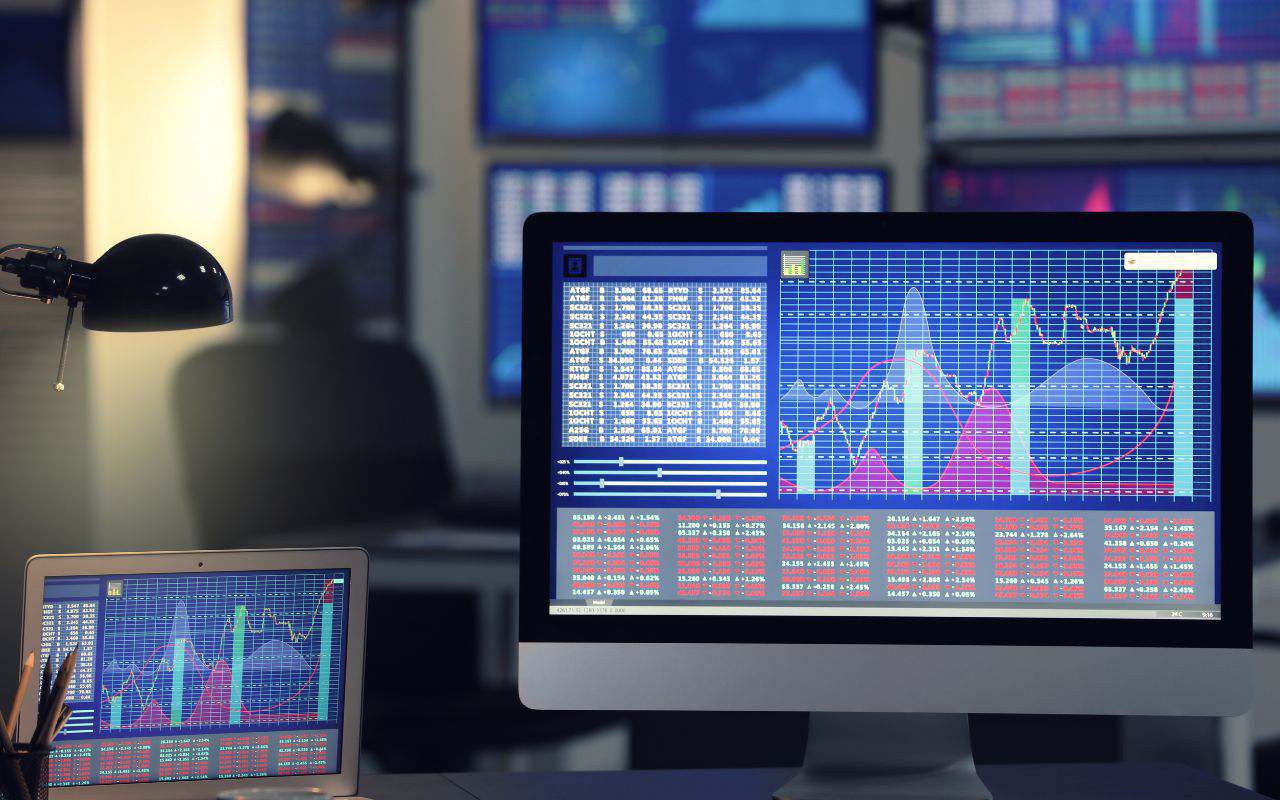 In order to be successful in trading, you have to be able to understand the markets and find a way how to analyse them. There are two most common ways to achieve this – the first is through technical analysis and the second is through fundamental analysis. There are major differences between technical and fundamental analysis and both approaches to currency market analysis have their proponents and opponents.
In order to be successful in trading, you have to be able to understand the markets and find a way how to analyse them. There are two most common ways to achieve this – the first is through technical analysis and the second is through fundamental analysis. There are major differences between technical and fundamental analysis and both approaches to currency market analysis have their proponents and opponents.
In a nutshell, fundamental analysis involves analyzing the financial statements of companies in the case of stock trading or the economic conditions and reports with regards to trading. On the other hand, technical analysis assumes that the price of a given financial instrument already reflects all the information available to the public and then focuses more on price movement statistics.
What is technical analysis?
Technical analysis is the tool used to evaluate the historical behaviour of financial instruments and try to predict their future price movements. It uses data collected with past behaviour, such as price movement and volume. It focuses on what is seen in the charts and evaluates the strength of the instrument being analyzed.
Although mentioning the word ‘statistics’ may sound like technical analysis of financial markets is somewhat complicated, the truth is that it can be simplified in that it is an analysis of supply and demand of the market in order to determine the trend of prices. Technical analysis attempts to understand the market sentiment behind prices rather than their attributes.
Basic concepts of technical analysis
The technical analyst believes that past activity and price changes are better indicators of the possible future price than the intrinsic value of the instrument being analyzed. It is based on the basic concepts of the Dow Theory, a famous theory of market movements that appears in Charles Dow’s early writings.
This theory assumes three basic concepts that are taken up in technical analysis:
- The market discounts everything: It refers to the fact that the market price already reflects each and every one of the factors that can affect the behaviour of asset prices;
- Price moves in trends: This means that prices are much more likely to follow a pattern rather than move randomly;
- History tends to repeat itself: Prices are said to have a repetitive nature, and this is thanks to trading psychology, which is quite predictable and therefore an X scenario will always lead to a Y reaction. The technical analysis seeks to predict these emotions and the consequences they have on market movements.
Technical analysis – the most important elements
The technical analysis encompasses many elements to make it work, however, there are some of them that are essential to understanding it, as they are found in most trading reports and signals:
- Trend: This is the way prices generally follow. An uptrend occurs when the price closes in a certain period at a level higher than a comparable previous period. A downtrend occurs when price closures in a given period are lower and lower compared to another period.
- Support and Resistance: Both support and resistance are important levels in prices where the trend tends to stop, change or at least where it usually meets opposition to continue its path. The support is that level, but in a bearish trend, the resistance is that level in a bullish trend.
- Candlestick chart: These are price representations captured in visual form, using candles. A candle includes the opening price, closing price, the maximum and minimum of the time period it represents (1 minute, 10 minutes, 2 hours, etc.) They are known as Japanese candles as they were developed in Japan around the 18th century.
- Technical Indicators: These are all the statistical elements that help the technical analyst, including basic things like Moving Averages (in all its modalities), Stochastic Oscillator or even more complex things that combine volume with some other statistical form and that throw 3 or 4 elements to the chart when activated.








